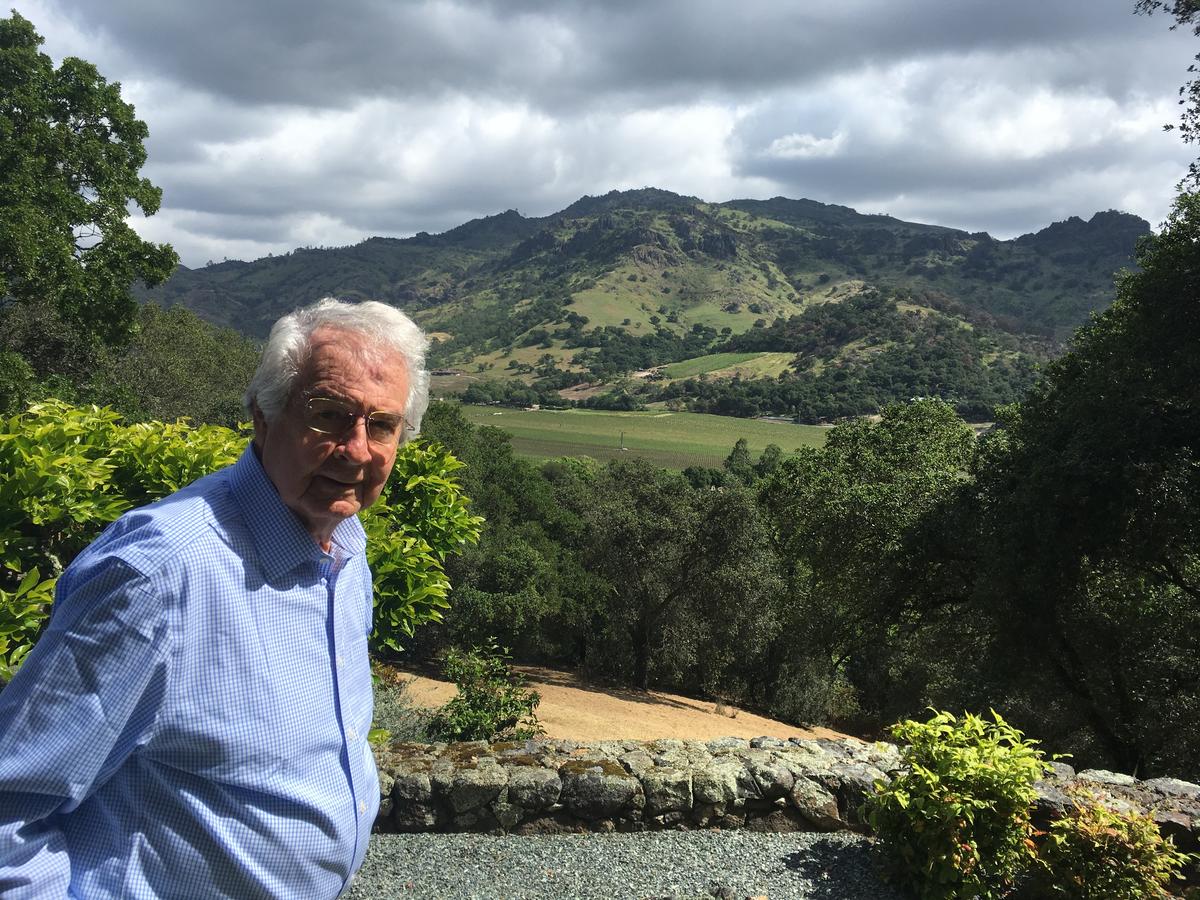By Virginie Booth | Wine Enthusiast | June 5th, 2018
The Napa County vote on the hotly contested Measure C, an initiative that seeks to limit vineyard development, remained too close to call Wednesday morning, as only 40 votes separated the two sides.
With 168 of 170 precincts reporting, the count was 7,188 for and 7,148 against Measure C, more formally known as the Watershed and Oak Woodland Protection Initiative.
Voting officials said between 40% and 60% of the ballots remained to be counted. Napa County Registrar of Voters, John Tuteur, expected the next set of preliminary results to be released later this week.
The election results must be certified by June 25.







